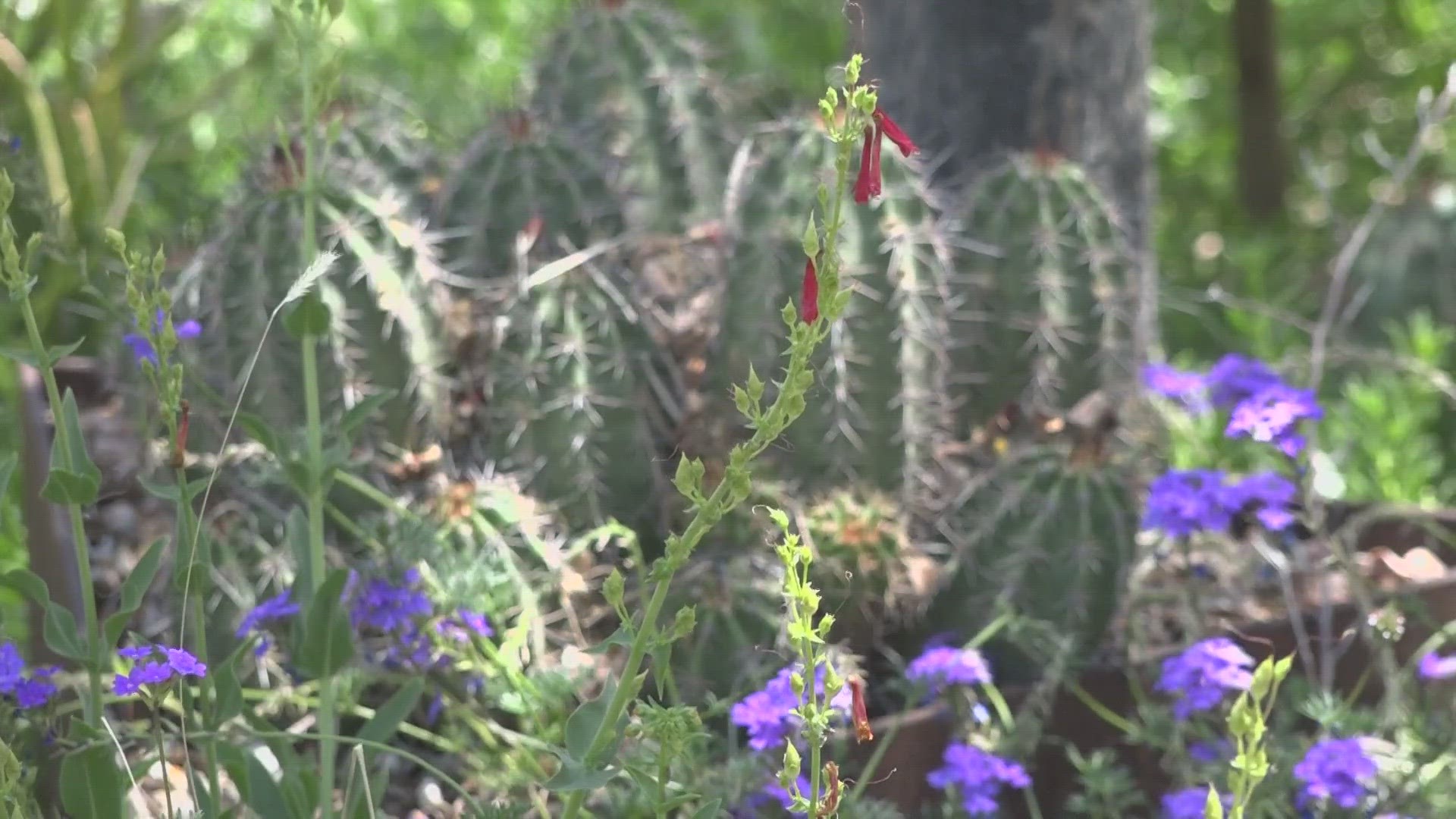PHOENIX — What’s between the sun and the ground in the Valley can make a difference, and offer a shield for the city as a whole and in yards too.
“Because of our heat here trees provide such a different solution to urban challenges,” said Lora Martens, manager of the Urban Tree Program for the City of Phoenix.
Martens notes what many have likely felt: It does feel less hot in the shade than it does in the sun.
It’s the shade that American Forests Tree Equity Tool shows is badly needed in Phoenix. The places that are hotter and have less tree cover are going to be prioritized for new trees to be planted by the City of Phoenix.
“It’s going to be places like South Phoenix, Maryvale, the I-17 corridor,” Martens said.
But it’s around Phoenix in individual yards that can benefit from more coverage.
“I would try to encourage people to shoot for 50 to 75% tree canopy coverage and 50% shrub coverage,” Martens said.
Martens said that idea can make a difference, not only in saving water by replacing a lawn but in heat as well.
“What they replace that lawn with is going to have a big impact on how hot our city is going to be in the future. If you just take out your lawn and you put in all gravel and you don't put any shade in, it's going to make the city hotter,” Martens said.
Ryan Jerrell, who owns Dig It Gardens and Dig It Design, said about 75% of the projects they do for clients are pulling lawns out.
“If it’s 115 in the street and you come inside the garden center in July, it's noticeably cooler. And we have pavers and we have granite and things but just the density of the plants - that's what it's instantaneously cooler, especially in the shade,” Jerrell said.
Jerrell said it’s about shifting a mindset from traditional lush yards of lawn and hedges to a desert lush with native plants and those that can take the heat - even thrive in it.
At Dig It Gardens, Jerrell points to plants like Moss Verbena and Globe Mallow and a tree like a Desert Willow as options to provide shade and ground cover through native species.
These kinds of plants can start small and grow big quickly in the right conditions.
“With a little heat and especially with some rain, things will just put on size,” Jerrell said.
As another option to replace heat-radiating granite, Jerrell recommends wood chips.
“There are appropriate situations where you could, instead of granite, use wood chips. That’s a much cooler product. It actually, as it decomposes and breaks down, it’s benefiting the soil,” Jerrell said.

